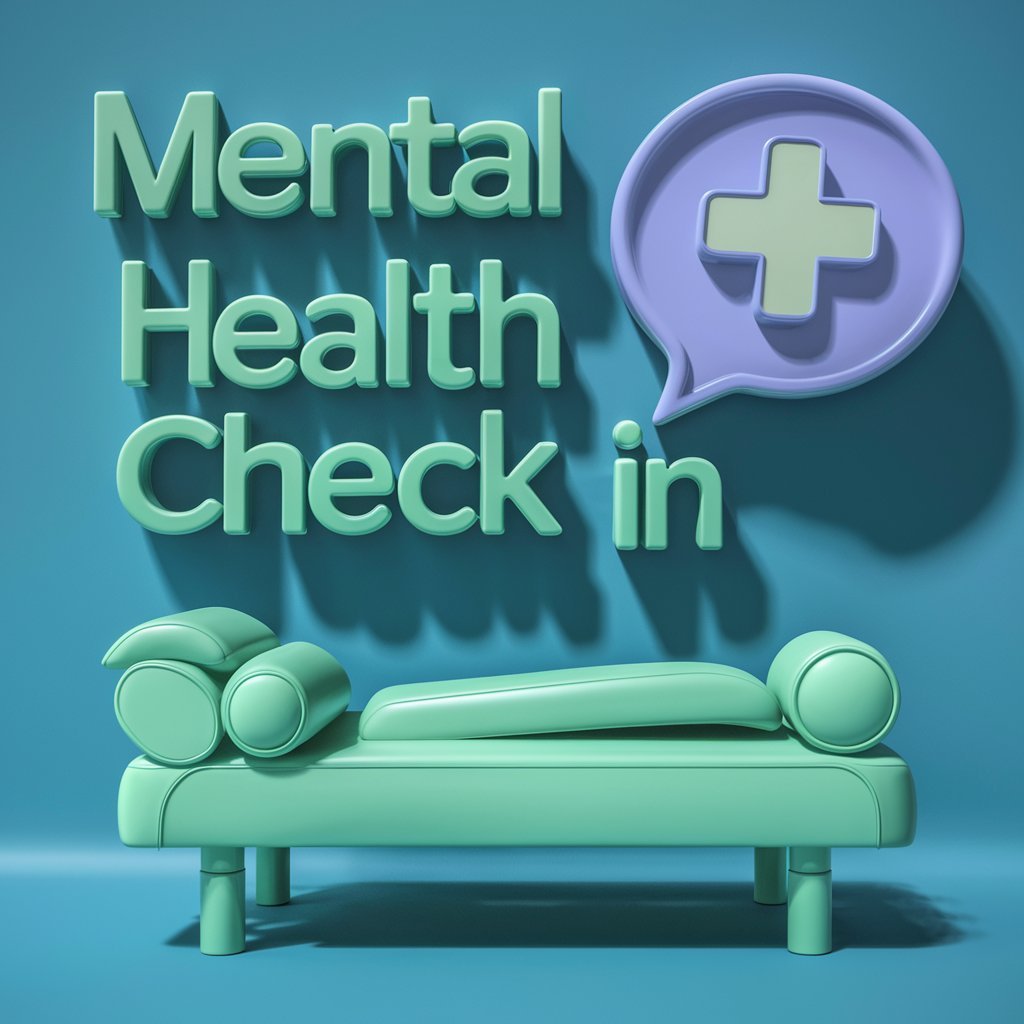Bipolar disorder is a complex mental health condition characterized by extreme mood swings that include emotional highs (mania or hypomania) and lows (depression). Navigating these highs and lows can be challenging, but with the right strategies and support, individuals with bipolar disorder can manage their symptoms and lead fulfilling lives.
Understanding Bipolar Disorder
Bipolar disorder affects about 2.8% of the U.S. adult population, according to the National Institute of Mental Health. The exact cause of bipolar disorder is not fully understood, but it is believed to be a combination of genetic, environmental, and neurobiological factors.
There are several types of bipolar disorder, including:
- Bipolar I Disorder: characterized by manic episodes that last at least 7 days or by manic symptoms that are so severe that immediate hospital care is needed.
- Bipolar II Disorder: characterized by a pattern of depressive episodes and hypomanic episodes, but not the full-blown manic episodes seen in Bipolar I Disorder.
- Cyclothymic Disorder: characterized by numerous periods of hypomanic symptoms as well as periods of depressive symptoms that last for at least 2 years.
Managing the Highs
During a manic or hypomanic episode, individuals with bipolar disorder may experience elevated mood, increased energy, racing thoughts, and impulsive behaviors. To manage these highs, it is important to:
- Stick to a routine: Establishing a daily routine can help stabilize mood and reduce the risk of triggering manic episodes.
- Stay connected: Building a support system of friends, family, and mental health professionals can provide much-needed support during manic episodes.
- Limit stimulants: Avoiding caffeine, alcohol, and other stimulants can help regulate mood and prevent exacerbating manic symptoms.
Dealing with the Lows
Depressive episodes in bipolar disorder can be characterized by feelings of sadness, hopelessness, fatigue, and a lack of interest in activities. To navigate these lows, it is important to:
- Practice self-care: Engaging in activities that promote self-care, such as exercise, meditation, and time in nature, can help alleviate depressive symptoms.
- Seek professional help: Seeing a therapist or psychiatrist for therapy and medication management can be crucial in managing depressive episodes.
- Stay active: Maintaining a daily routine that includes physical activity can help boost mood and energy levels during depressive episodes.
Conclusion
Overall, navigating the highs and lows of bipolar disorder requires a combination of self-care, support, and professional treatment. By understanding the symptoms and triggers of bipolar disorder, individuals can develop strategies to manage their mood swings and live fulfilling lives.
FAQs
FAQ 1: Can bipolar disorder be cured?
Bipolar disorder is a chronic condition that requires lifelong management. While there is no cure for bipolar disorder, symptoms can be effectively managed with a combination of therapy, medication, and lifestyle changes.
FAQ 2: Is it possible to lead a normal life with bipolar disorder?
With proper treatment and support, individuals with bipolar disorder can lead fulfilling and productive lives. It is important to work closely with mental health professionals to develop a treatment plan that works best for each individual’s unique needs.





